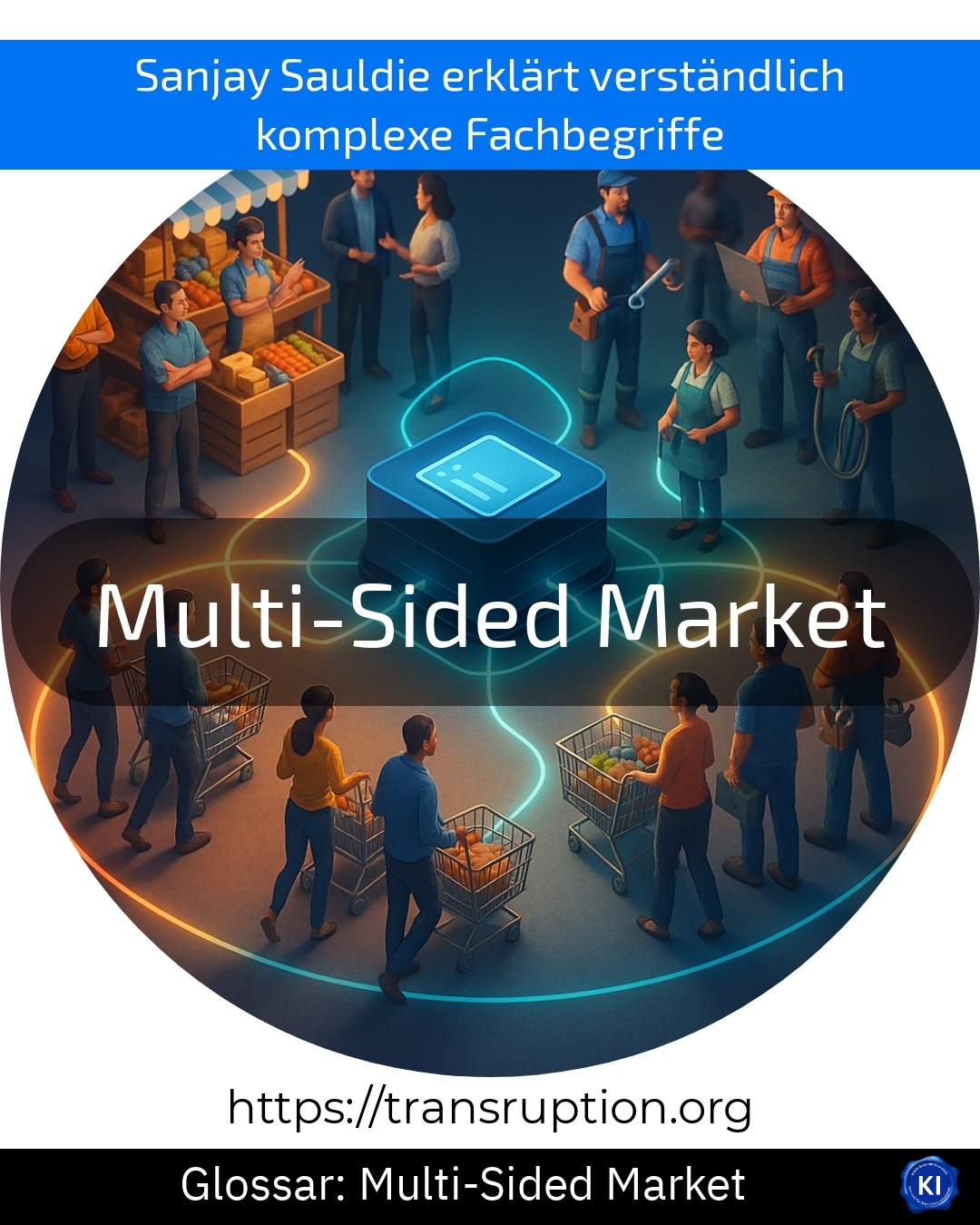We mainly come across the term multi-sided market in the categories of digital marketplaces, eCommerce and digital commerce as well as digital disruption. It refers to a business model in which at least two different groups of users are connected with each other. These groups benefit from each other because they can interact with each other via a shared platform.
A typical example of a multi-sided market is an online marketplace such as eBay: Sellers offer their products there, while buyers can find a large selection and compare prices. The platform itself brings both sides together and thus creates added value for everyone. Payment is usually made through fees charged to one or both user groups.
Platforms such as Airbnb, which bring guests and hosts together, or payment services such as PayPal are also part of the multi-sided markets. The success of such business models depends heavily on as many members of both groups as possible using the platform. This is because the more participants there are on one side, the more attractive the platform becomes for the other side. Such markets are a central component of the digital economy and often enable completely new forms of trade and collaboration.















